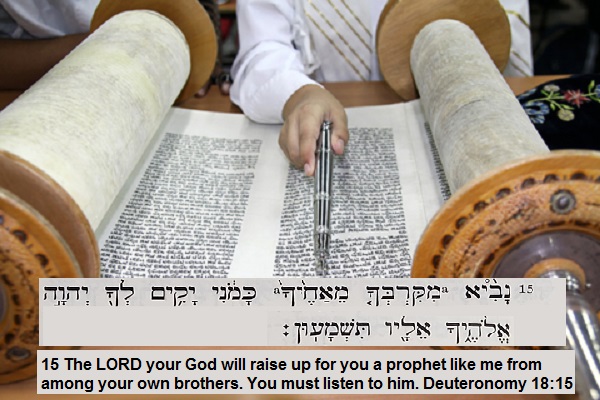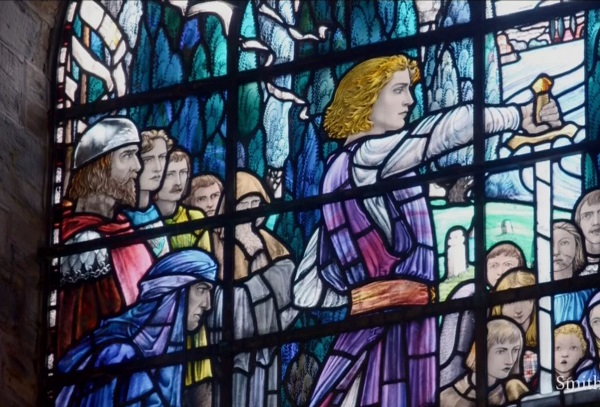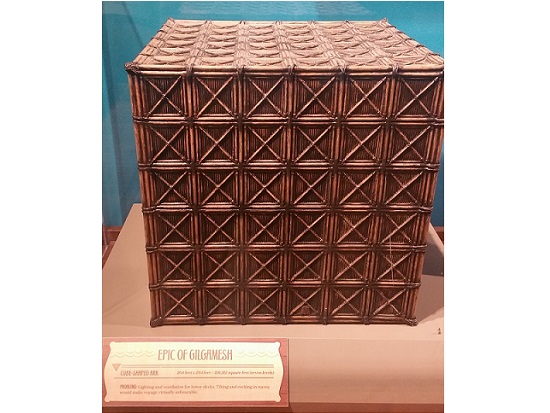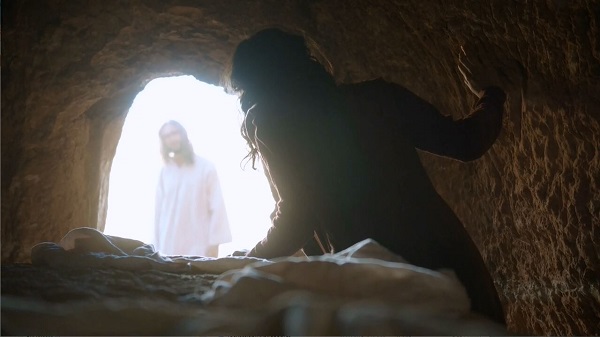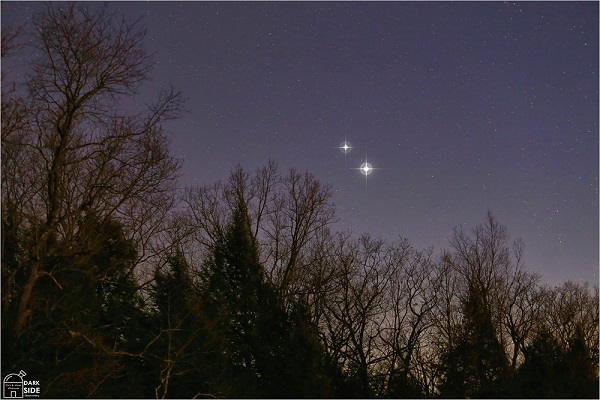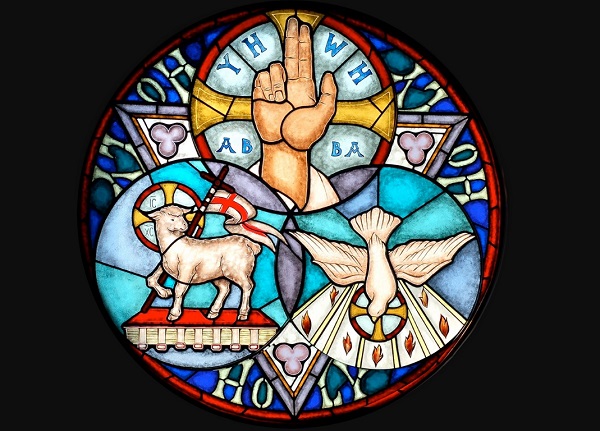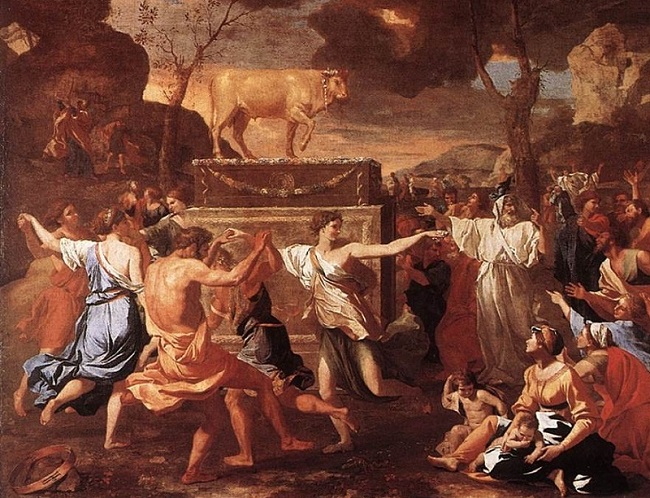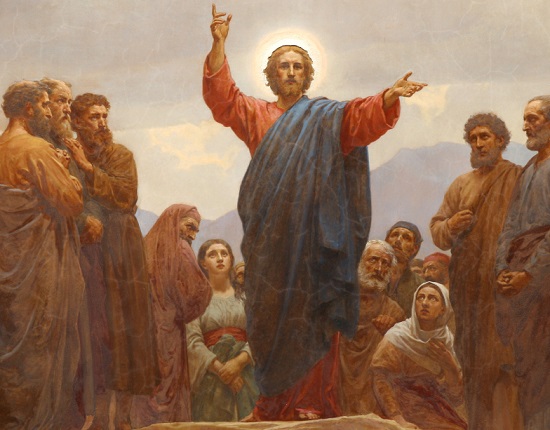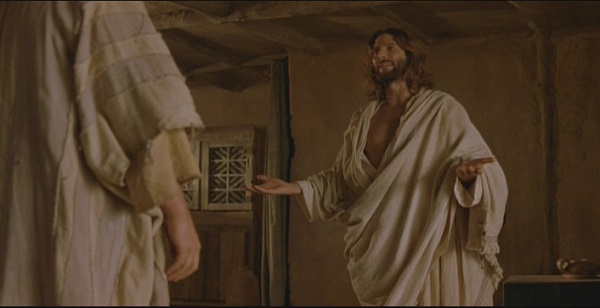
Stop doubting and believe. (John 20.27)
A Resurrection Day Meditation
After Jesus rose from the dead, he didn’t appear to everyone. Who did he appear to? His apostles and some select disciples. I say “select” because I’m confident Jesus had more than the 500 + disciples that are mentioned in 1 Cor 15.6 that the apostle reports Jesus appeared to after his resurrection.
The obvious question, at least in my mind is, why didn’t Jesus appear to more people? If the resurrection is the most convincing proof of the Christian message – that Yeshua – Jesus of Nazareth – is the promised messiah, the Son of God and the promised divine “Son of Man” to whom all authority is given, (Dan 7.13-14) why didn’t he make it plain to everyone by appearing to more people? Continue Reading

